Are you tired of dealing with chronic low back pain or simply looking to enhance your core stability training? Try incorporating exercises for lower back strength into your routine.
Key Takeaways
- Strengthen and protect your lower back: These trainer-recommended exercises target key muscles to reduce the risk of injury and improve posture.
- Minimal equipment, maximum results: You can perform these exercises at home with simple tools like the NordBench or just your bodyweight, making them accessible and effective.
- Boost core stability and flexibility: Stronger lower back muscles support your core and enhance overall mobility, helping you move better in everyday activities and workouts.
Strengthening exercises not only help alleviate pain but also prevent further injury by targeting weak muscles and promoting proper form. In this blog, we'll explore three trainer-recommended exercises using the NordBench to help you strengthen with confidence and perform each move with precision. These exercises are designed to address poor posture for a stronger, healthier you.

What Usually Causes Lower Back Pain?
Lower back pain is a widespread issue that can stem from various factors. One common cause is muscle strain. This occurs when muscle fibers are overstretched or torn, often due to improper lifting or sudden movements.
Poor posture, especially when sitting or standing for extended periods, can lead to chronic back pain by putting undue stress on the lower spine. Weak muscles in the abdomen and glutes further exacerbate this issue, as they fail to support the back adequately.
Another contributor is the degeneration of intervertebral discs, which can cause discomfort as the cushioning between vertebrae wears down. Lifestyle factors like lack of exercise, obesity, and stress also play significant roles in back pain.
Maintaining a healthy weight and regular exercise to strengthen the back muscles can mitigate these risks. If pain persists, consultation with a healthcare professional is advisable to address any underlying issues.

Beyond Pain: Why Should You Strengthen Your Lower Back?
Strengthening your lower back offers benefits beyond simply alleviating pain. A strong lower back is crucial for overall core stability, which supports everyday movements like bending, lifting, and twisting. This stability helps prevent further injury and improves your posture, reducing strain on the spine and surrounding muscles.
Engaging in exercises for lower back strength can also enhance athletic performance by providing a solid foundation for more advanced movements. Strong back muscles contribute to better balance and coordination, which are essential for activities ranging from everyday tasks to high-intensity sports.
Moreover, a robust lower back supports the abdominal muscles, allowing for more efficient movement and energy use. As you improve your lower back strength, you'll likely notice an increase in your overall physical confidence, empowering you to tackle new challenges with ease. Prioritizing lower back exercises as part of your routine can lead to a healthier, more active lifestyle.

Preparing for Exercises
Before starting any exercise program, it’s crucial to prioritize safety.
Consult a healthcare professional or physical therapist to ensure you're physically ready to start a new regimen, particularly if you have existing back pain or injuries. Understanding your body's limitations is key to preventing further injury.
Start with exercises at a level appropriate for your fitness, gradually increasing intensity as your strength builds. Always focus on maintaining proper form to avoid straining your back muscles. It's beneficial to include a warm-up routine to prepare your body, ensuring your muscles are flexible and ready for the activity ahead.
Pay attention to your body's signals; if something causes pain, stop immediately and reassess your technique or the suitability of the exercise. By taking these precautions, you can create a safe and effective exercise program that strengthens your lower back while minimizing injury risk.

If you have a pre-existing medical condition or are unsure about your fitness level, consult a healthcare professional before attempting these exercises.
This step is essential to ensure that the exercises you're considering won't exacerbate any existing issues or pose unnecessary risks.
A healthcare professional can provide personalized advice, taking into account your medical history and current health status. They can also recommend modifications to certain exercises or suggest alternative activities better suited to your needs.
This guidance is invaluable for creating a safe and effective workout plan tailored to your capabilities. Additionally, being informed about potential risks and contraindications can enhance your confidence and commitment to the program.
Taking these precautions ensures that your journey towards strengthening your lower back is both safe and productive, allowing you to focus on building strength and stability without compromising your health.
Remember to listen to your body and modify or discontinue any activity if it makes the pain worse.
If you experience discomfort or if the pain worsens during an activity, it's essential to modify the exercise or stop altogether. Pushing through pain can lead to further injury and set back your progress.
Pay close attention to your body’s signals, such as sharp pain or unusual discomfort, which may indicate an incorrect form or an exercise that's too advanced. It's okay to take a step back and adjust your routine to better suit your current fitness level.
This might include reducing the intensity, decreasing the range of motion, or trying a different exercise altogether. Consider working with a fitness professional who can guide you in performing exercises safely and effectively. By being responsive to your body's needs, you can ensure a safer and more beneficial exercise experience.
Warm-up Exercises for the Lower Back
Perform activities such as walking, light jogging, or stretching for about 5-10 minutes to increase blood flow and warm up the muscles.
Warming up is a vital component of any exercise routine, particularly for exercises targeting the lower back. Engaging in low-impact activities like walking or light jogging for 5-10 minutes can effectively increase blood flow, gradually raising your heart rate and preparing your body for more strenuous activity.
These activities help loosen the muscles and joints, reducing the risk of strain or injury. Incorporating dynamic stretching exercises, such as leg swings or torso twists, further enhances flexibility and range of motion. Stretching the hip flexors and lower back muscles helps alleviate tension, promoting better posture and exercise form.
This preparatory phase is crucial for activating the core muscles, ensuring they are ready to support your spine during the workout. By dedicating a short period to warm up, you set a solid foundation for a safer, more effective exercise session, ultimately contributing to better results and reduced injury risk.

Gentle stretching exercises, such as knee-to-chest stretches, can help prepare the lower back for more intense exercises.
Hold this position for a few seconds, feeling the stretch in your lower back and gluteal muscles. This stretch helps to alleviate tension and improve flexibility in the lumbar spine area. Switch legs and repeat the stretch on the opposite side for balanced muscle engagement.
These gentle movements enhance your range of motion and stimulate blood flow to the back muscles, making them more pliable for subsequent exercises. Incorporating these stretches into your routine fosters muscle elasticity and supports spinal alignment, minimizing the risk of injury and enhancing overall exercise performance.
Back Extensions
Back extensions are a powerful exercise designed to strengthen the lower back muscles, promoting better posture and reducing chronic back pain. Using a device like the NordBench, you can perform back extensions at various angles to target specific muscle groups.
Start with a setting at 0 degrees for a focus on the lower back and gluteal muscles. As you become comfortable, adjust to 30 degrees to engage a balance of hamstrings, glutes, and lower back muscles. For a more comprehensive movement, opt for a 45-degree angle, which emphasizes glute and hamstring involvement while allowing a full range of motion.
To perform this exercise, lie face down on the bench with your feet securely fixed. Slowly lift your upper body, keeping your form controlled and your core engaged. Avoid arching your back excessively. This exercise not only fortifies your back muscles but also enhances overall core stability, a crucial component in preventing further injury.
Hip Thrust
Hip thrusts are an essential exercise for strengthening the gluteal muscles, which play a crucial role in supporting the lower back. A strong set of glutes helps alleviate back pain and improves overall posture by stabilizing the pelvis.
To perform a hip thrust using the NordBench, position your upper back against the bench with your feet flat on the floor, hip-width apart. Keep your knees bent and your body forms a straight line from shoulders to knees. Engage your core and drive through your heels to lift your hips towards the ceiling, squeezing your glutes at the top. Hold the position briefly before slowly lowering your hips back down.
It's important to keep your abdominal muscles tight throughout the movement to maintain a neutral spine position. This exercise targets the glutes and engages the lower back and hamstrings, making it a comprehensive movement for lower body strength and stability.
Couch Stretch
The couch stretch is a highly effective exercise for stretching the hip flexors, which can help alleviate tension in the lower back. Tight hip flexors often contribute to poor posture and back pain by pulling the pelvis into an anterior tilt.
To perform the couch stretch, start by kneeling on the floor with your back to a couch or wall. Place one knee on the ground and slide the lower leg back so that the foot rests on the couch or against the wall. Keep your opposite leg bent at a 90-degree angle in front of you, with the foot flat on the floor.
Gently push your hips forward while maintaining an upright torso to feel a stretch in the hip flexor of the rear leg. Hold this position for 20-30 seconds before switching to the other leg. Incorporating this stretch into your routine can improve flexibility, enhance posture, and reduce tension in the lower back region.

Perfecting Your Exercise Program
Key Starting Positions and Form
Establishing key starting positions and maintaining proper form are critical components of an effective exercise program, particularly when focusing on lower back strength.
Begin each exercise by ensuring your feet are flat on the floor, with your legs hip-width apart to provide a stable base. Engage your core muscles by gently pulling your abdominal muscles inward; this supports your spine and enhances overall stability. Keep your back straight and shoulders relaxed to prevent unnecessary strain and promote correct posture.
When initiating movements, always start with controlled, deliberate motions to ensure the correct muscles are engaged. Avoid rushing through exercises, as this can lead to poor form and increase the risk of injury. For lower back exercises, maintaining a neutral position throughout the movement is essential to minimize stress on the lumbar spine. By prioritizing these foundational elements in your exercise routine, you can optimize effectiveness and safety, leading to better results and a stronger back.
Common Mistakes to Avoid
When perfecting your exercise program, it's crucial to be aware of common mistakes that can hinder progress and increase injury risk. One frequent error is neglecting proper form, such as arching the back or failing to engage the core muscles.
This can lead to undue stress on the spine and diminish the exercise's effectiveness. Another mistake is progressing too quickly, whether by increasing intensity or adding weight without mastering foundational movements first.
This can result in muscle strain and setbacks. Overtraining is also a concern; it’s vital to include rest days in your program to allow muscles to recover and grow. Additionally, skipping warm-ups or cool-downs can lead to tight muscles and reduced flexibility.
Finally, ignoring body signals, like persistent pain, can exacerbate injuries. Listening to your body and adjusting your routine accordingly is essential for long-term success. By avoiding these pitfalls, you can enhance the safety and effectiveness of your exercise program.
Embracing Your Stronger Back Journey
Building Confidence and Core Stability
Building confidence and core stability go hand in hand on your journey to a stronger back. As you incorporate exercises that target the lower back and core muscles, you'll start to notice improvements in your posture and overall stability.
This newfound strength can significantly enhance your daily activities, allowing you to move with greater ease and assurance. Consistent practice of exercises like back extensions and hip thrusts will fortify your core, providing a solid foundation for more complex movements.
This stability not only supports your spine but also boosts your confidence in tackling physical challenges. Additionally, a strong core can help prevent injuries by ensuring your body maintains proper alignment during various activities.
As you progress, remember to celebrate small victories and remain patient with your development. This positive mindset will keep you motivated and committed to your fitness journey, ultimately leading to a healthier, more resilient you.

Empowering Your Lower Back Muscles
Empowering your lower back muscles is a vital part of embracing a stronger back journey, enabling you to perform daily tasks with more ease and less discomfort. By incorporating targeted exercises into your routine, you can significantly enhance the strength and resilience of these muscles.
Focus on exercises like back extensions, which directly engage the lower back, promoting muscle growth and endurance. Strengthening these muscles not only alleviates existing back pain but also helps prevent future injuries by improving your overall posture and stability.
As your lower back muscles become more robust, you'll likely notice an increase in your physical capabilities, empowering you to tackle more challenging workouts and activities with confidence. Remember, consistency is key to progress, so make these exercises a regular part of your fitness regimen. Celebrate the improvements you see and feel, as each step forward signifies a commitment to a healthier, more resilient body.

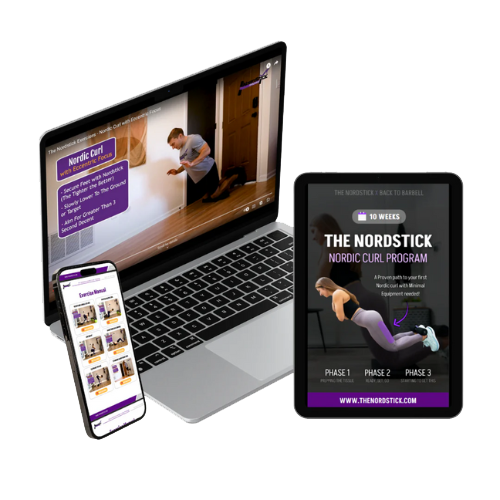














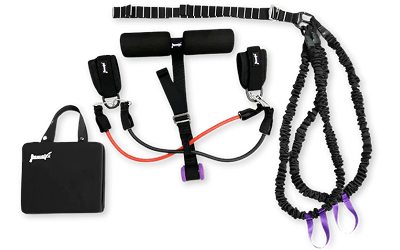



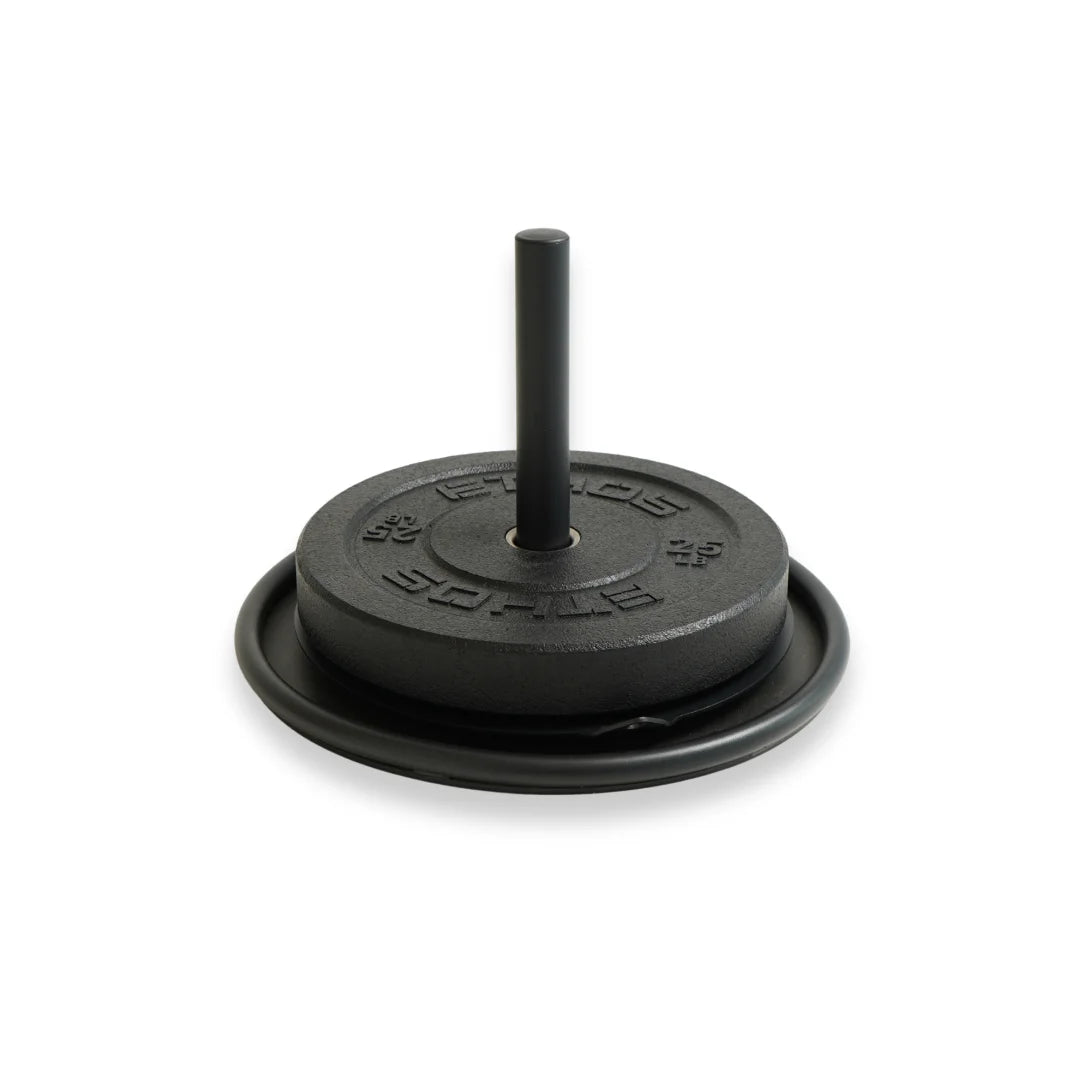
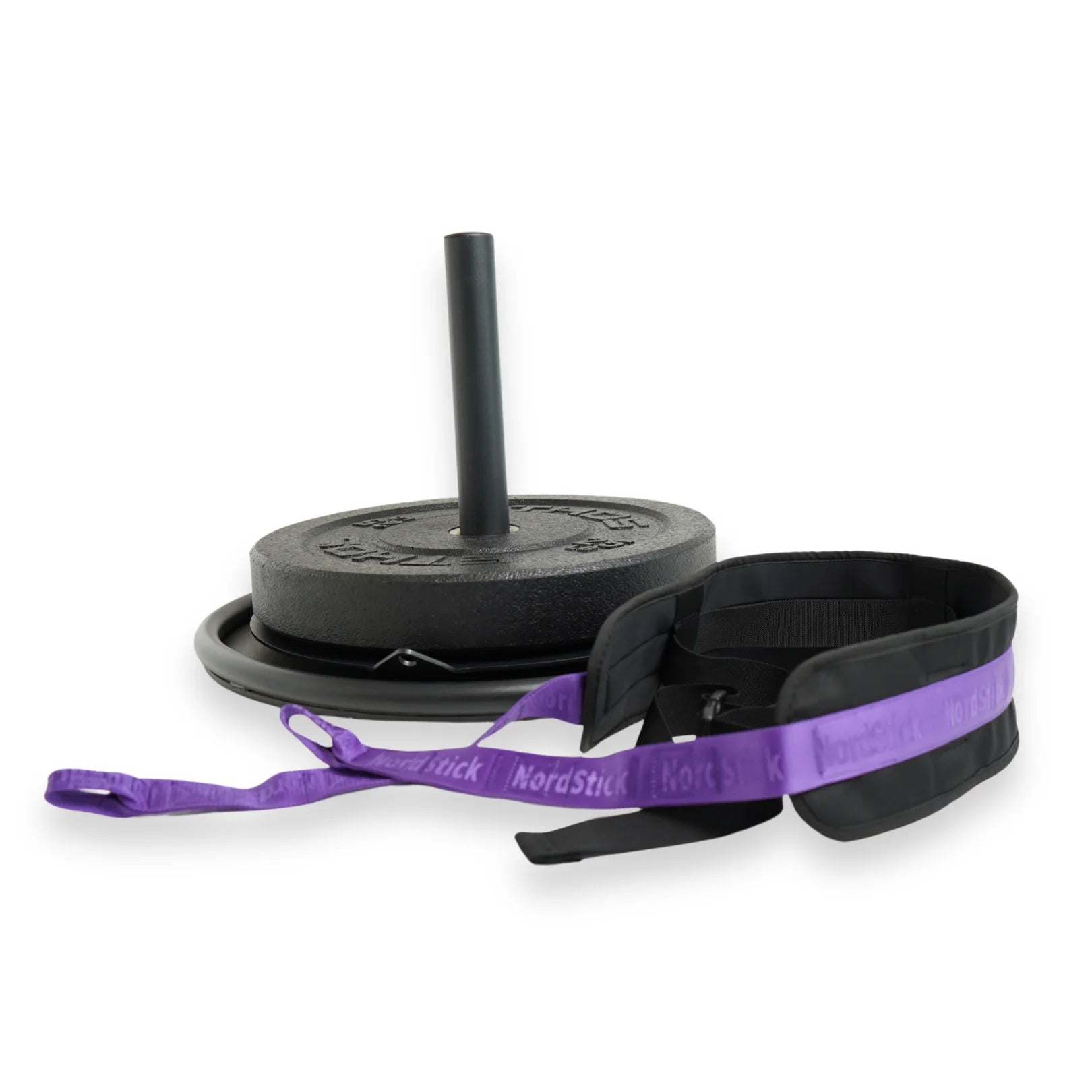


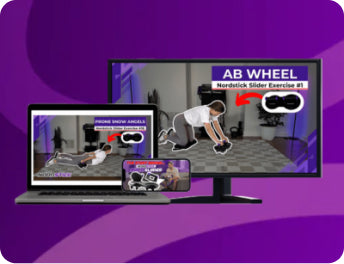





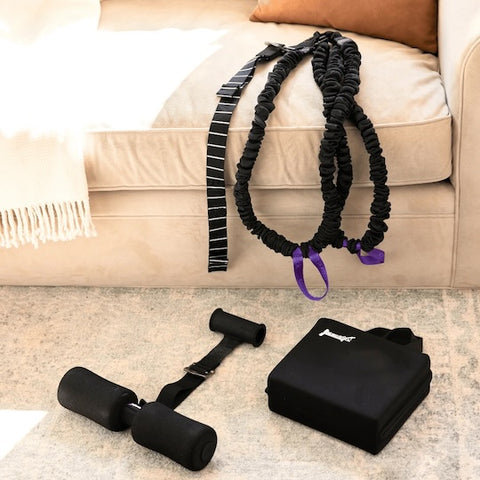





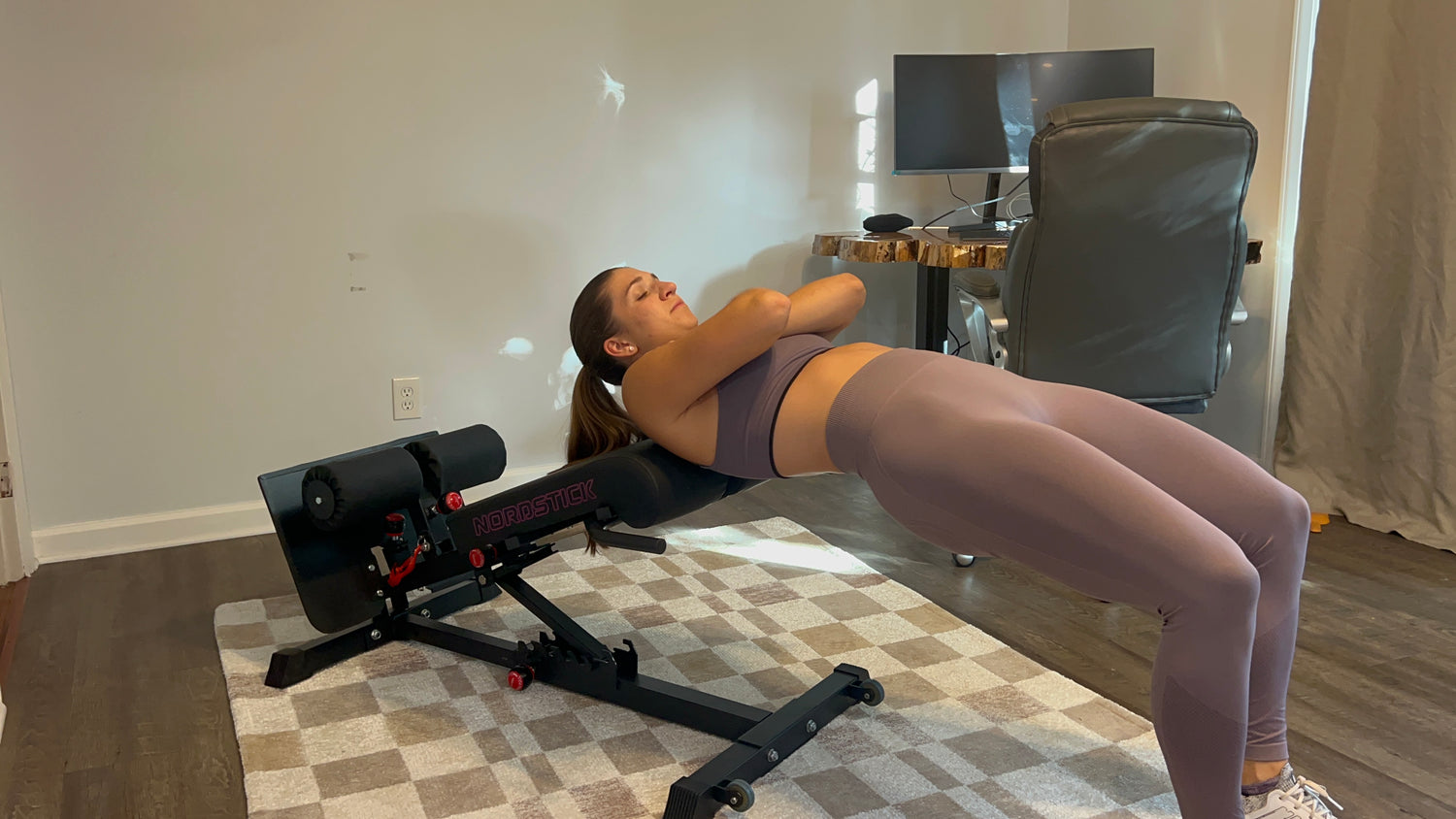





Leave a comment
This site is protected by hCaptcha and the hCaptcha Privacy Policy and Terms of Service apply.